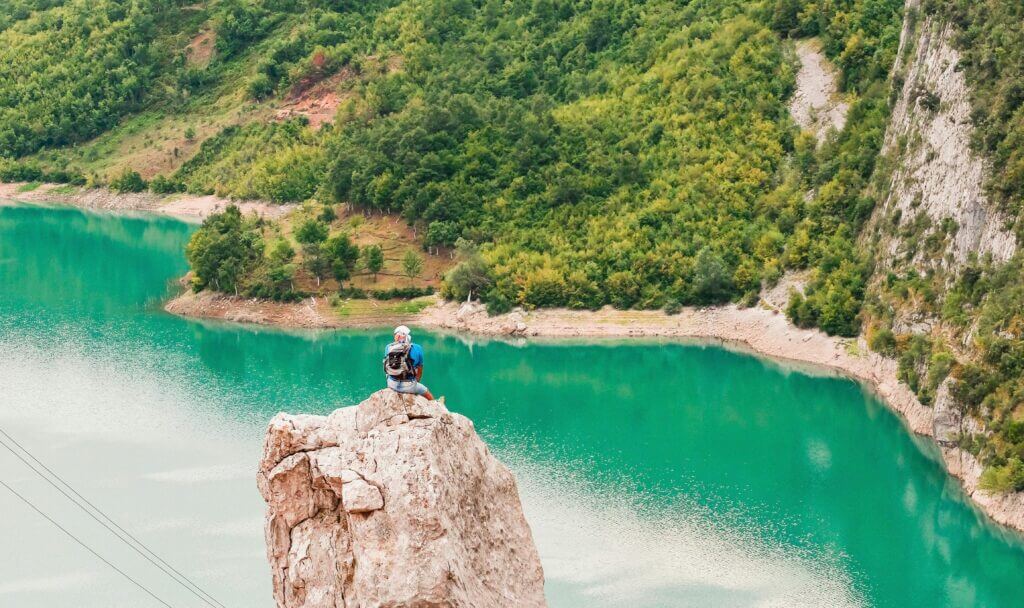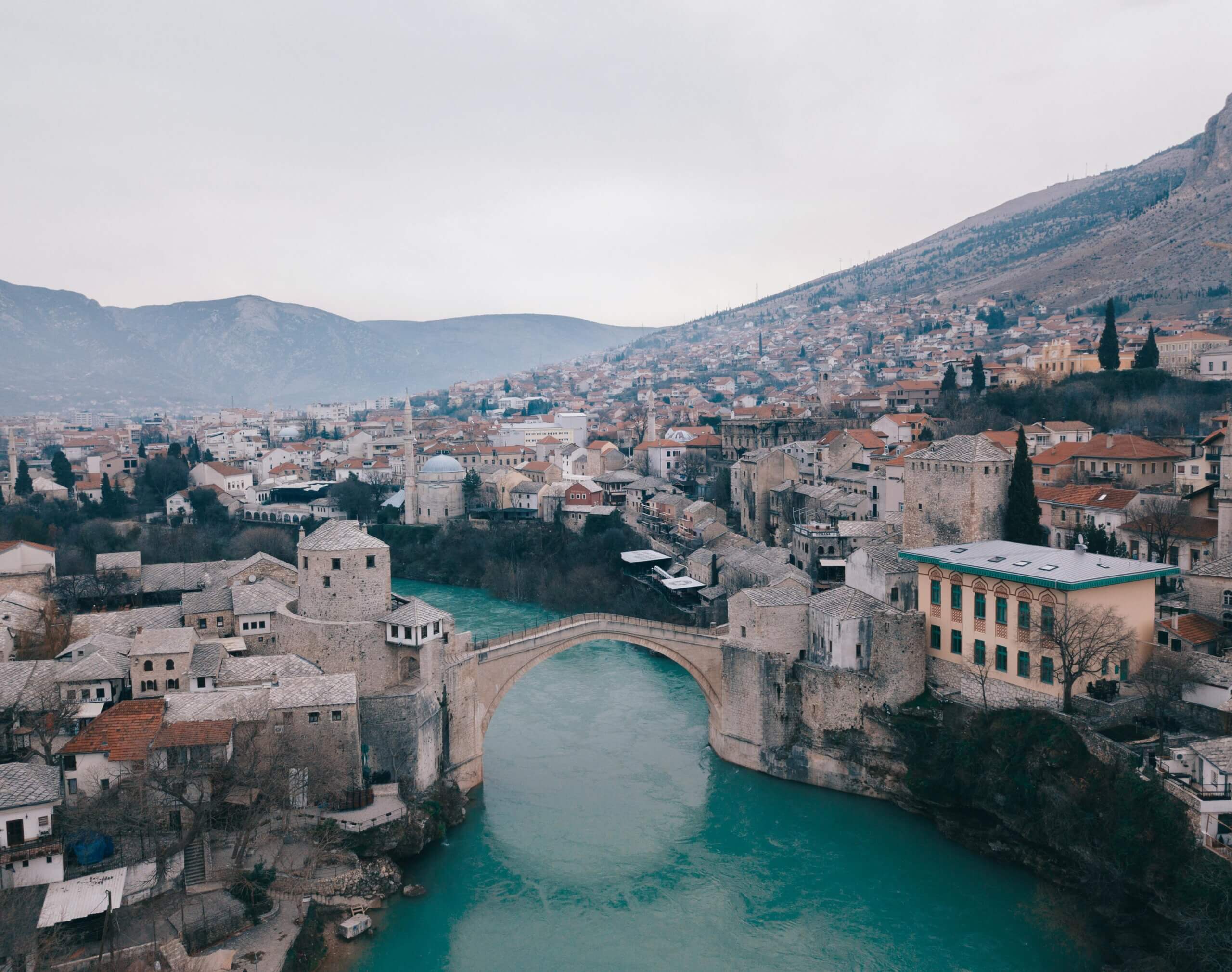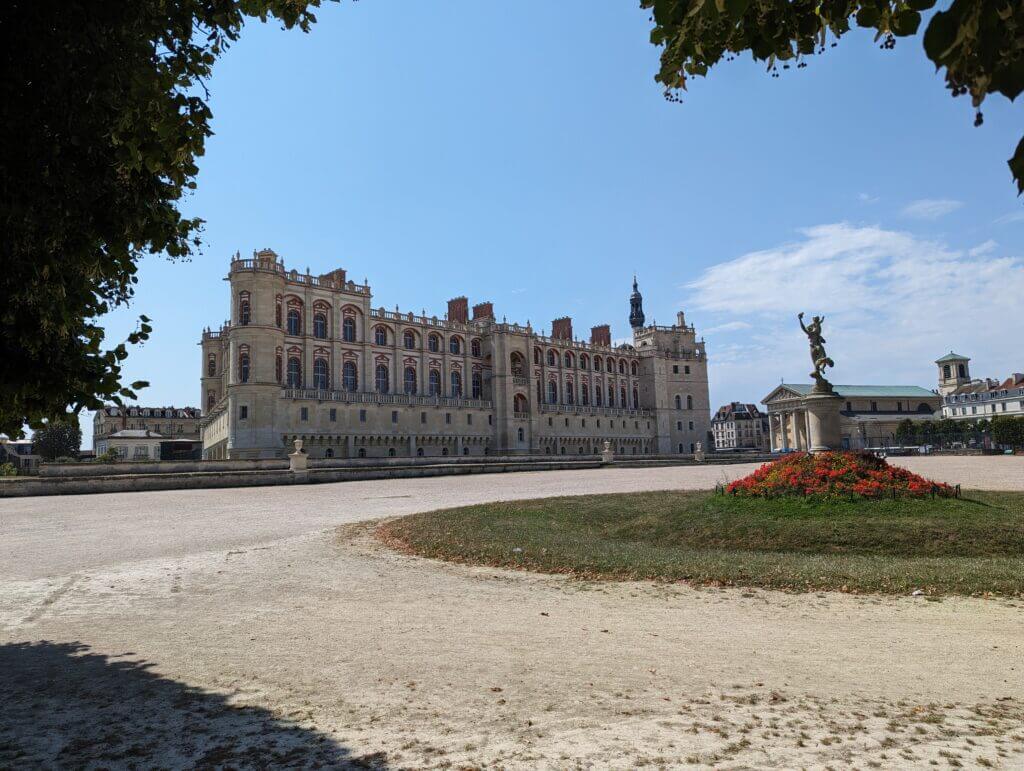Shoulder Season – Discover The Best Time to Travel
In my opinion, Shoulder seasons are the best time to visit a new country. If you’re unsure what a shoulder season is, it’s the period just before and just after the peak season, sometimes known as off-season travel. For example, in Europe, I would say that spring and autumn are the best times to visit. Many travellers utilise these times to explore places. Why? That’s what we’re here to talk about. I’m going to tell you why you should travel in shoulder seasons, the pros, the cons, and some of the best places to go throughout the year.
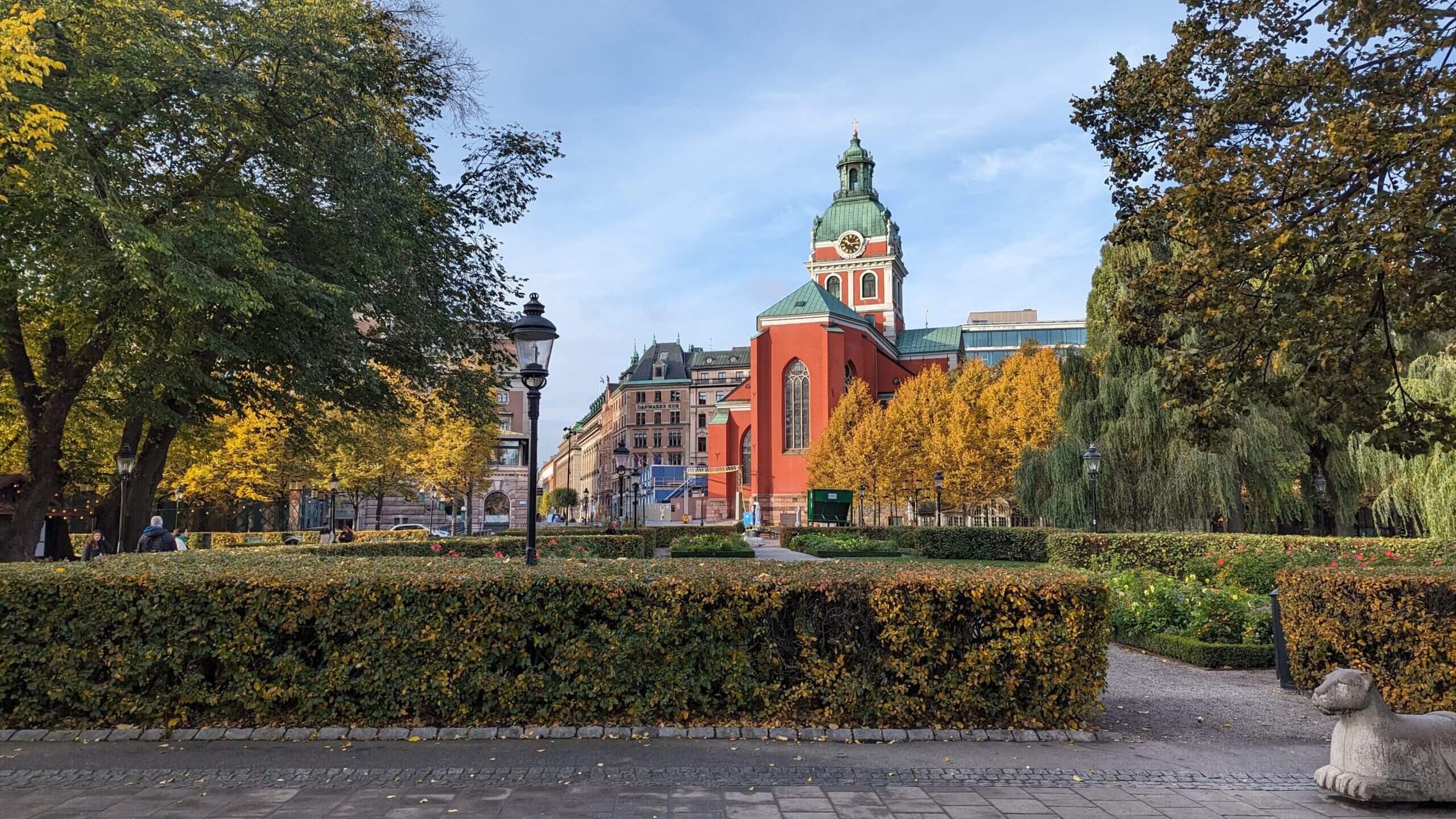
Why Shoulder Season is the Best Time to Travel
Travelling during the shoulder season offers an ideal balance of affordability, great weather, and fewer crowds. If you’re looking for cheap travel deals, this is the perfect time to explore. While summer brings high prices and packed tourist hot spots, and winter often means limited activities or harsh conditions, shoulder season allows you to experience destinations in a more relaxed and budget-friendly way, without sacrificing much enjoyment or convenience.
The Benefits of Travelling in Shoulder Season
1. Cheaper Flights & Accommodation
One of the biggest advantages to off-season travel deals is the significant drop in prices. With fewer tourists, airlines and hotels lower their rates to attract travellers. You can often find flights at 30–50% less than peak season prices and enjoy luxurious hotels or boutique stays for a fraction of the cost. When I visited Lake Como in March 2024, I paid £190 for 3 nights of accommodation. I then looked at the same accommodation in July and it was £230 per night! Find out how to guarantee yourself the cheapest flights with my expert guide. And for accommodation I use booking.com and TripAdvisor.
2. Fewer Crowds, More Authentic Experiences
Exploring a new country or city without battling through hordes of tourists. Shoulder season lets you visit iconic landmarks like the Eiffel Tower, Colosseum, or Santorini’s blue-domed churches without the overwhelming crowds. You’ll also have more opportunities for genuine interactions with locals, making your experience feel more immersive and authentic. This also provides a more relaxed vibe. I always use Get Your Guide to find the best activities.
3. More Availability and Flexibility
Leading on from having less travellers in shoulder season, hotels, activities and restaurants are less busy. This means things are generally a lot easier to book, short notice bookings are more possible and you’re less likely to be dissapointed by things being fully booked.
4. Ideal Weather Conditions
While peak seasons often mean extreme temperatures (either sweltering summers or freezing winters), shoulder season offers comfortable conditions. This is perfect for outdoor activities like hiking, sightseeing, and exploring cities without the discomfort of intense heat or cold.
5. Local Events & Festivals
Travelling outside peak season allows you to enjoy cultural events without the tourist rush. Many destinations have wine harvests, food festivals, and local celebrations in spring and autumn, offering unique experiences that aren’t as commercialised as high-season events.

Drawbacks of Shoulder Season Travel
As with most things, there are pros and cons to travelling during the shoulder season. Personally, I think the positives far outweigh the negatives. But, you need to decide that for yourself. So, here are some of the drawbacks of shoulder season travel.
The Cons of Travelling in Shoulder Season
1. Less Predictable Weather
There is always the chance that weather is less predictable during the shoulder season. This means outdoor activities may be less enjoyable or even cancelled if the weather is too bad. However, an easy solution to this is keeping up with the weather forecast and making the most of being able to book at short notice. You can also research when high season begins and book as close to this as possible, giving yourself the best chance for good weather.
2. Reduced Services and Activities
Many places will have limited or less frequent activities. Some may even be closed all together during shoulder season. But, there is usually a period of time before peak season when things start opening up more. For example, when I went to Sardinia, the activities and restaurants started to open on the 1st of April, which is still well before peak season really starts.
3. Limited Nightlife and Events
As with services and activities, there may also be limited nightlife and events if you travel in the off-season. This can be a negative or a positive depending what you are looking for from your trip.
4. Other Things to Know
Shoulder seasons vary all around the world. In Europe, the shoulder seasons are March-May and September-November. However, in North Africa you will find shoulder season from January-March. Keep reading to find out some of the best destinations throughout the year.
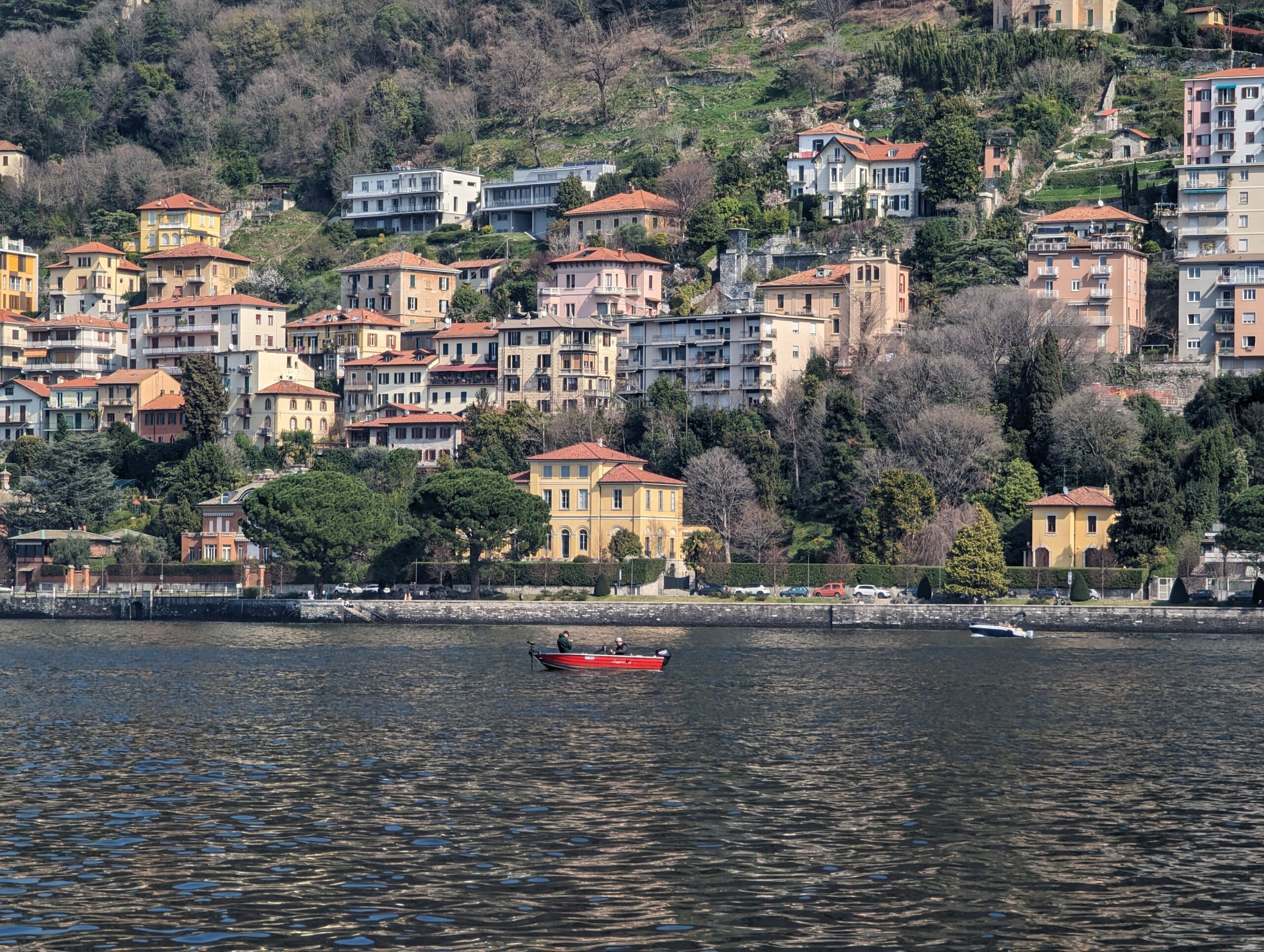
Best Shoulder Season Destinations & When to Visit
Each region of the world has different shoulder season periods. Here’s a breakdown of some of the best shoulder season destinations and the best times to visit. Some of my most affordable trips have been in shoulder season. For example, Lake Como, Marrakech, Albania and Stockholm. Anyway, here are some. of the best shoulder seasons destinations for each month of the year.
January
Caribbean
January is a great time to visit the Caribbean after the Christmas and New Year rush. Prices drop slightly, and the weather remains warm and dry. Puerto Rico offers historic Old San Juan, rainforest hikes in El Yunque, and beautiful beaches. The Dominican Republic is also perfect for budget-friendly all-inclusive resorts, while Barbados has incredible beaches and a lively nightlife.
Southeast Asia
While December is peak season, January marks the beginning of a slight dip in tourists, especially in northern Thailand (Chiang Mai), Vietnam (Hanoi & Ha Long Bay), and Cambodia (Siem Reap & Angkor Wat). You can still expect warm weather, clear skies, and comfortable temperatures before the crowds start to come back in February.
Australia
January is summer in Australia so it may be too hot for some people. But, after New Year’s, many tourists leave, making coastal areas like Gold Coast and Byron Bay less crowded. Tasmania is also a fantastic pick for nature lovers, with mild weather and stunning landscapes.
February
South Africa
South Africa’s summer is in full swing, but February sees a drop in international tourists. Cape Town offers Table Mountain hikes, coastal drives, and wine tours in the nearby Cape Winelands. The Garden Route provides incredible road-trip opportunities with breathtaking beaches and wildlife encounters.
South America
Argentina and Chile, especially in Patagonia, see fewer visitors in February as the summer season starts to end. Torres del Paine in Chile, and El Chaltén in Argentina are less crowded but still have great hiking conditions. Buenos Aires and Santiago also have cultural festivals and tango shows during this time.
Canary Islands
Tenerife, Lanzarote, and Gran Canaria, are a great choice for a winter escape. February is much quieter than the December holiday period. This makes it ideal for checking out the volcanic landscapes, beaches, and local villages.
March
Japan
Japan is a fantastic destination in early March, just before peak cherry blossom season. You can visit Kyoto’s temples, Tokyo’s neighborhoods, and Osaka’s food scene with fewer crowds. The weather is also mild, making sightseeing more comfortable.
Morocco
In March you can enjoy pleasant temperatures of around 20 degrees Celsius in Morocco. This makes it an excellent time to visit the country. So, the souks of Marrakech, the ancient medinas of Fes, and the blue-painted streets of Chefchaouen are much quieter and cooler before the summer heat and peak season.
Portugal
Lisbon and the Algarve, starts to warm up in March, making it a great time to visit. Lisbon’s historic neighborhoods are easy to explore without the summer crowds, and the Algarve’s beaches are peaceful before the high season begins.
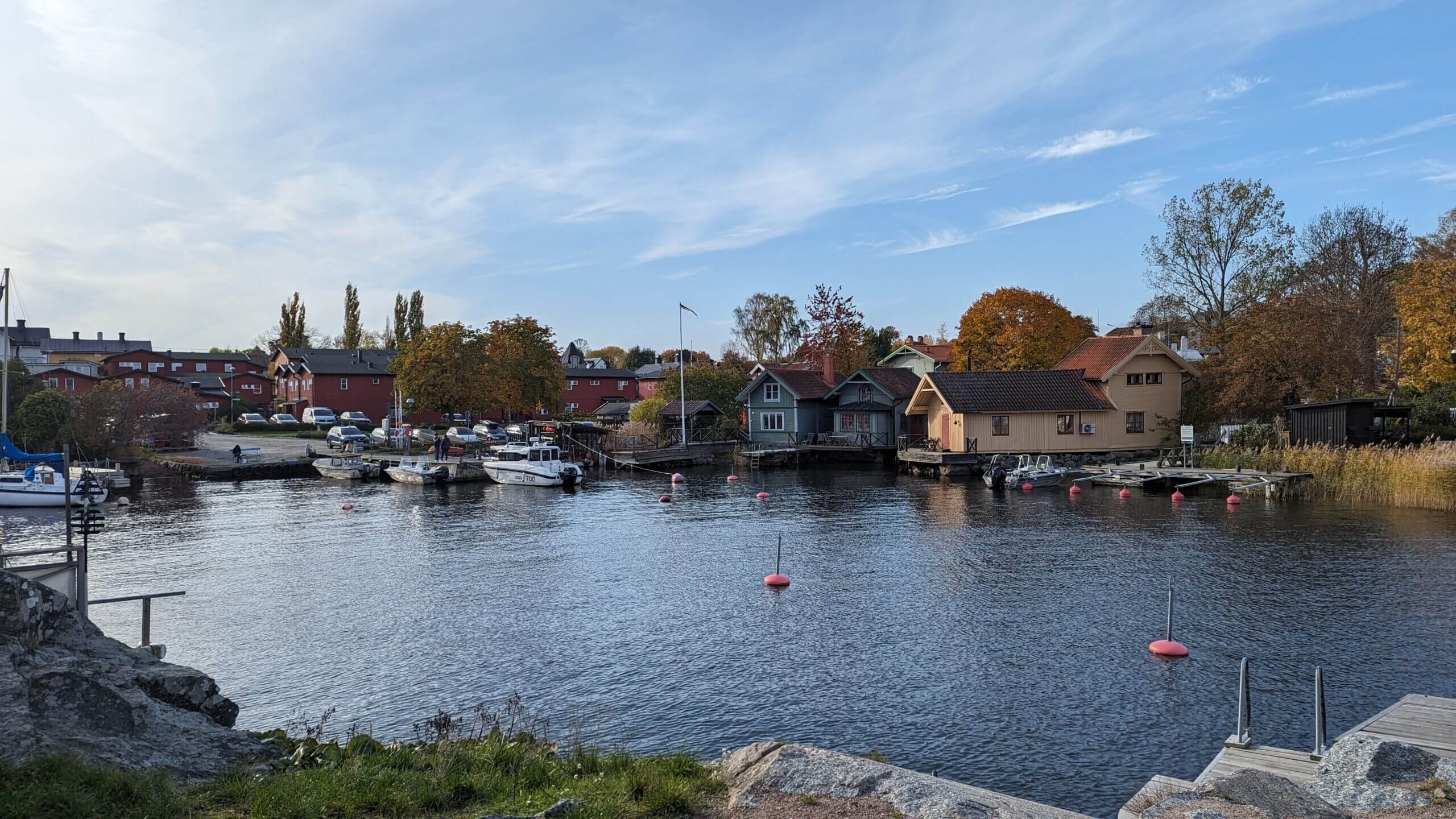
April
Southern Europe
Spain, Italy, and Greece are all great options for an early spring trip in April. This is a perfect time to explore Rome’s Colosseum, Seville’s charming streets, or take in the views of Santorini before the summer rush. The weather is also warm but not overly hot, and accommodation prices are still reasonable.
USA
In the United States, California and Florida become quieter after the spring break crowds fade. California’s coast, including San Diego, Santa Barbara, and Big Sur, is perfect for road trips. Florida’s Miami, Key West, and Orlando are also less crowded, with ideal weather before the summer humidity arrives.
Jordan and Egypt
Jordan and Egypt are both excellent choices in April. They both experience comfortable temperatures making it the best time to explore Petra, Wadi Rum, the Pyramids, and the temples of Luxor. The heat of summer has yet to arrive, making sightseeing much more pleasant.
May
Indonesia
Places like Bali, particularly Ubud, Uluwatu, and the Gili Islands, enter their dry season in May. This is one of the best times to visit before the summer crowds arrive. The rice terraces, waterfalls, temples, and beaches are also at their best, and hotel prices stay reasonable.
Canada
The Canadian Rockies, including Banff and Jasper National Parks, are in a transition period in May. Snow starts melting, hiking trails reopen, and wildlife sightings also become more frequent. Bears, elk, and moose are commonly seen, and accommodation prices are still lower than in peak summer.
Greece
Greece is a fantastic option, with warm and sunny weather making it an ideal time to visit. Especially places like Athens, Crete, and Rhodes. The islands are lively but not overcrowded, and prices for ferries and hotels are also more affordable than in the summer months.
June
Scandinavia
Norway, Sweden, and Finland, are great places to visit in June. Long daylight hours make it an excellent time for exploring fjords, forests, and vibrant city life. Whilst also being before the peak summer tourism hits in July.
Alaska
Alaska enters shoulder season in early June, offering cheaper accommodations, fewer cruise ships, and excellent wildlife spotting. Anchorage, Denali National Park, and Kenai Fjords are all worth visiting during this time.
Turkey
Turkey is warm but not unbearably hot in June, making it a perfect time to visit Istanbul, Cappadocia, and Bodrum. The summer heat has not yet reached extreme levels, and tourist crowds are also smaller than in July and August.
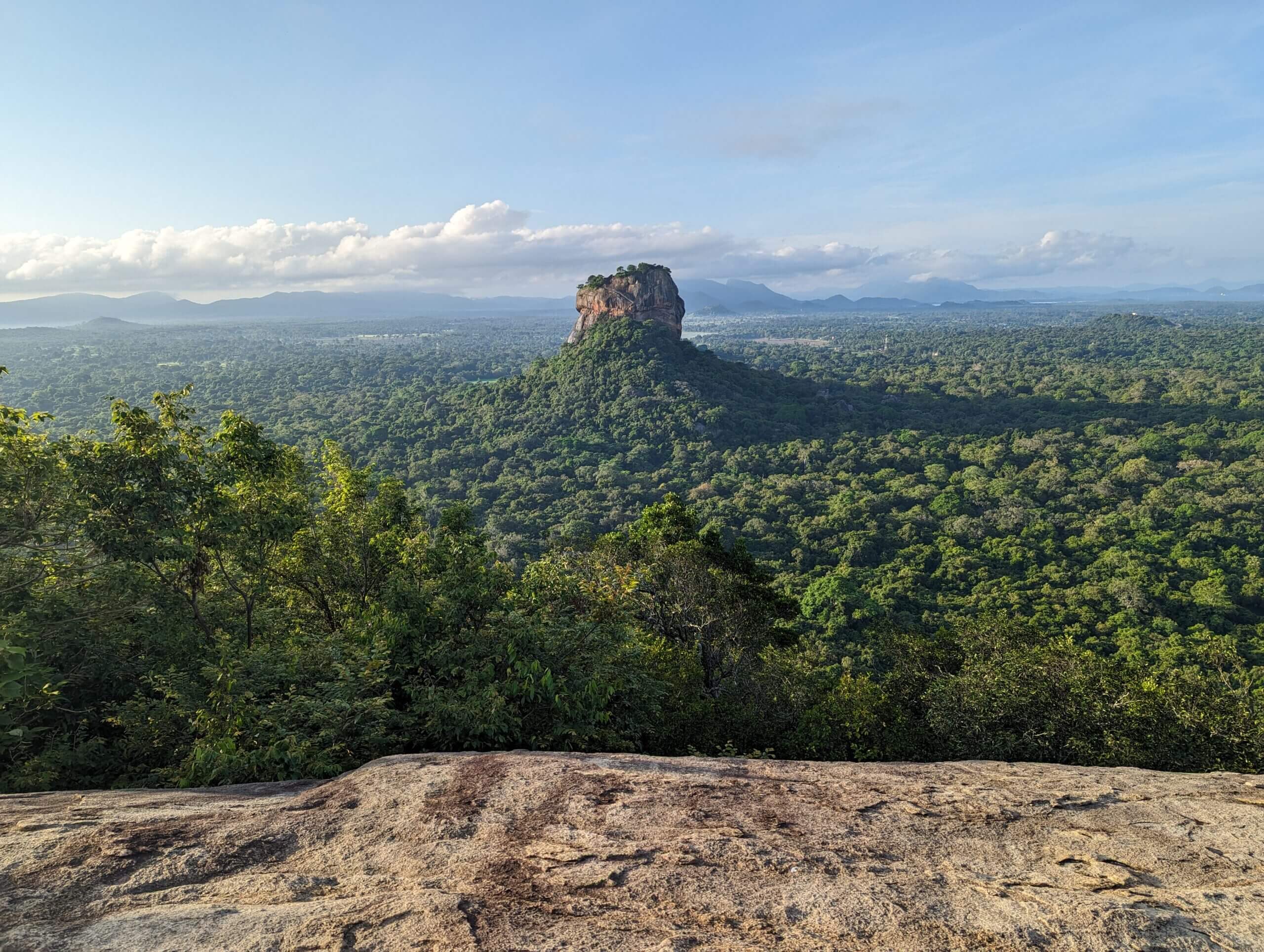
July
The Alps
The French Alps and Swiss Alps enter their shoulder season between ski and winter hiking seasons. Chamonix, Zermatt, and Interlaken offer breathtaking scenery and outdoor activities with far fewer crowds than in winter.
Malaysia
Borneo, Langkawi, and Kuala Lumpur, have their dry seasons in July, making Malaysia a good alternative to more crowded summer destinations. Wildlife safaris in Borneo and beach getaways in Langkawi are particularly good choices.
Peru
Peru sees peak tourism in Cusco and the Inca Trail, but its coastal areas, including Lima and Arequipa, remain in shoulder season. This makes them a great choice for travellers looking for culture, history, and delicious Peruvian cuisine without the crowds.
August
Argentina
Argentina, particularly Buenos Aires and Patagonia, sees fewer international visitors in August, making it a good time to explore its European-style architecture and vibrant food scene.
Australia
Northern Australia, including Darwin and the Kimberley region, has dry and warm weather in August but is less crowded than Sydney and Melbourne during this time.
The Azores
The Azores, a Portuguese island group in the Atlantic, is one of the most beautiful places in the world. With less tourists, this is a perfect choice for adventure travellers in August. With whale watching, hiking, and volcanic landscapes, it remains relatively undiscovered by mass tourism.
September
Italy
Italy, particularly the Amalfi Coast, Venice, and Tuscany, is a fantastic destination in September. The weather remains warm, but the peak summer crowds have started to fade. Coastal road trips, wine tasting, and exploring historic cities are all more enjoyable during this time.
Japan
Japan experiences a shift in seasons, with the humidity and typhoons of summer moving away. September is a great alternative to cherry blossom season, with fewer tourists and pleasant temperatures.
USA
New England in the United States, including Vermont, Maine, and New Hampshire, begins its stunning fall season in September. It is an ideal time for scenic road trips, hiking, and exploring charming small towns.

October
Spain
Barcelona, Madrid, and Andalusia, sees warm days and cool nights in October, making it an excellent time for sightseeing and cultural experiences.
Nepal
Nepal enters its pre-peak trekking season in October. The weather is dry, making it the best time to visit Everest Base Camp, Annapurna, and other trekking routes while avoiding the larger crowds that arrive later in the season.
New Zealand
The South Island of New Zealand, including Queenstown, Fiordland, and Christchurch, enjoys spring blossoms, stunning lakes, and great hiking weather in October before summer tourists arrive.
November
Thailand
Thailand, particularly Chiang Mai and Bangkok, is one of the best places to visit in November. You will find much fewer tourists and extremely low prices due to the low season.
Jordan
Jordan is also a great pick. With mild weather making it the best time to visit Petra, Wadi Rum, and the Dead Sea without the summer heat.
Morocco
Morocco is also an excellent November destination, offering comfortable temperatures and fewer crowds in cities like Marrakech, Fes, and Chefchaouen.
December
South-East Asia
Vietnam and Cambodia see fewer tourists in early December before the Christmas rush. It is a great time to explore temples, floating markets, and beaches with warm weather and affordable prices.
Mexico
Mexico, including the Riviera Maya, Oaxaca, and Mexico City, offers an affordable and culturally rich experience in December. With local festivals, ancient ruins, and delicious street food, it is an excellent choice before the peak holiday season begins.
Canary Islands
The Canary Islands remain one of Europe’s best winter sun escapes, offering volcanic hikes, island hopping, and relaxing beach days without the peak-season prices.

Tips for Travelling in Shoulder Season
1. Book Flights & Accommodation in Advance
While shoulder season offers lower prices, popular destinations may still see an uptick in bookings, especially for boutique hotels and unique stays. Use tools like Google Flights, Skyscanner, and Hopper to monitor prices and set alerts.
2. Pack for Unpredictable Weather
Since shoulder season falls between peak and off-peak weather conditions, expect a mix of warm, cool, and possibly rainy days. Packing layers, including a lightweight waterproof jacket, will help you stay comfortable.
3. Check Opening Hours & Attractions
Some tourist sites and restaurants reduce their hours or close altogether in the low season. Always check in advance to avoid disappointment, especially for smaller attractions and seasonal tours.
4. Use Public Transport for Extra Savings
With fewer tourists, you can often find discounted travel passes, and public transport will be less crowded and more reliable than in peak summer.
How to Find the Best Shoulder Season Deals
1. Use Flight Comparison Tools
Google Flights & Skyscanner – Track price trends and set up alerts.
Airhint – Predicts the best time to book based on historical data.
Jack’s Flight Club – Finds mistake fares and shoulder season deals.
2. Be Flexible with Dates & Destinations
If you can shift your travel dates by a couple of days or choose an alternative airport, you can often save hundreds of pounds.
3. Look for Off-Peak Discounts
Many tour companies, hotels, and attractions offer lower rates in shoulder season. Sign up for newsletters or check websites for promo codes.
4. Use Travel Credit Cards & Loyalty Points
If you use credit cards with travel perks, you can stack savings with free hotel nights, lounge access, and cashback on flights.
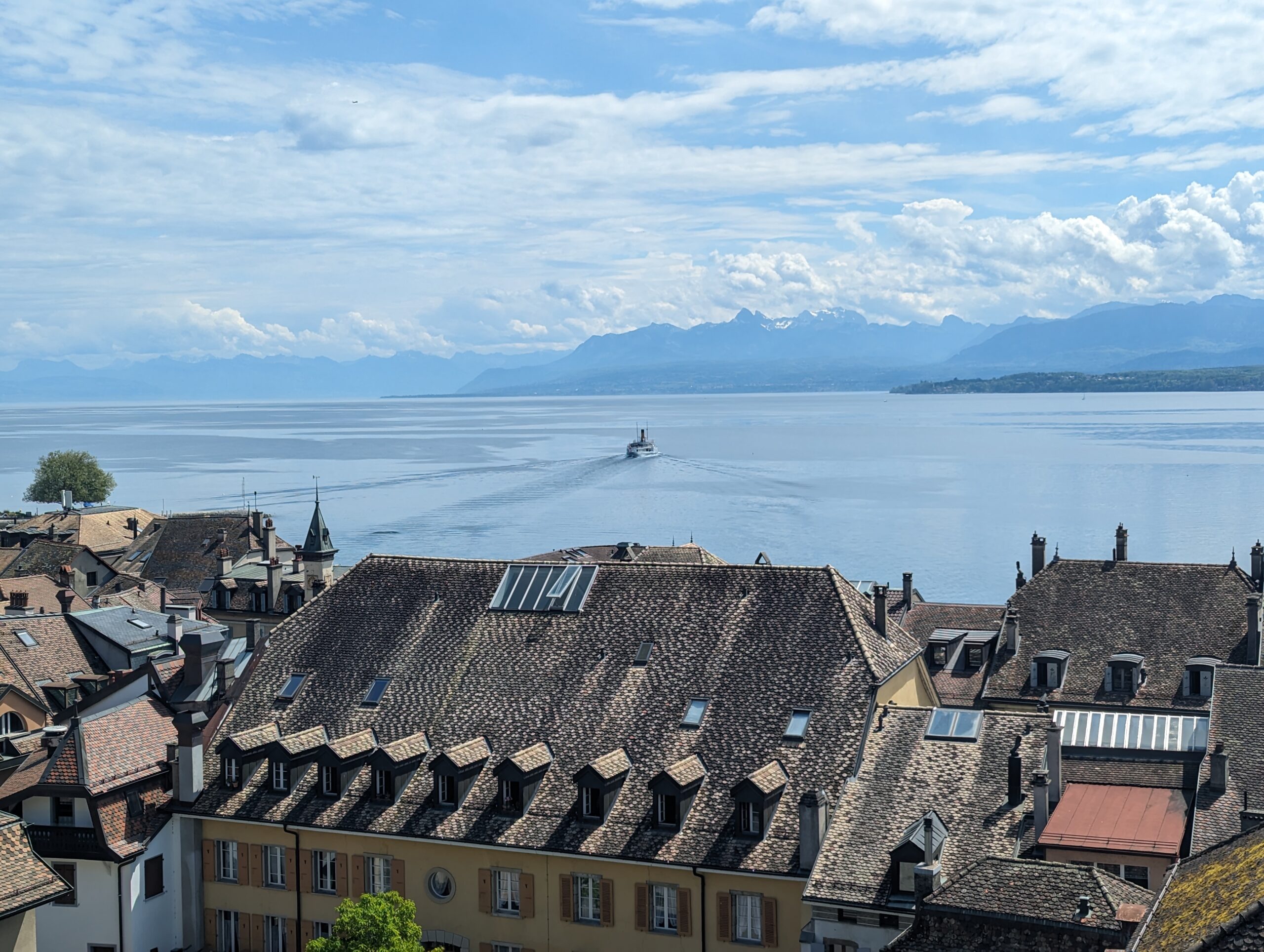
Conclusion: Why You Should Try Shoulder Season Travel
Shoulder season is the perfect way to travel smarter—offering the best balance of affordability, comfort, and experience. Whether you’re after a city break, a beach holiday, or an adventure trip, travelling in spring or autumn ensures you get more value for your money while avoiding peak-season chaos. So, whether you re visiting Europe, or anywhere else in the world, I feel that off-season travel, usually spring and autumn, are the best times to travel.
If you’ve ever experienced an amazing shoulder season trip, let me know in the comments! And if you’re planning your next adventure, check out my other budget travel guides to help you make the most of your trip.



